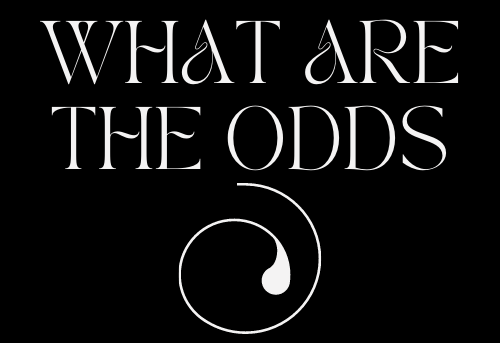The history of neon signs extends back nearly four hundred years ago, when astronomer Jeaan Picard noticed that the mercury in his barometer was giving off a faint light. Curious, Picard shook the tube which caused the light to grow stronger. Static electricity was the cause of the glow, however, this was not understood at the time.
The very first, most rudimentary of neon signs was called the Geissler tube. Invented and named after Heinrich Geissler, the Geissler tube was filled with gases and electric powder. Once electricity was shot through the tube, it would glow brightly. This was not brought into the public eye until the early 1900’s when such lamps became more common place, and somewhat available to the general population.

The first modern use of neon signs did not occur until the gas neon was founded in 1898 by M.W. Travers and William Ramsey. The gas neon is extremely rare, and can only be used when air is liquifactioned. French chemist Georges Claude was the first to insert the newly found gas into a hollow lamp like tube, and send an electric charge through it. He presented the first neon lamp in Paris, December of 1910.
Although this is the modernly accepted story, many believe that the Neon sign was presented at the world fair in 1893. Others say that in 1904, Perley Nutting presented a neon sign displaying the word neon. However, both of these claims have been disputed for years over lack of evidence.
Claude patented the neon sign, and created an entire company based on it called Claude Neon. He introduced these signs to companies in the United States, and they were an instant hit. The first two signs sold in the United States were to a large car dealership in Los Angelas called Packard Cars. Earl Anthony, the manager of the dealership, paid out almost $50,000 for two signs reading “Packard”.
People all over the world were amazed as a sign phenomenon began to take place. People called the signs “liquid fire”. In the 1930’s, neon lamps were commonly being used in France and other countries for general illumination and streetlights. However, this was neither inexpensive or cost efficient.
As technology has improved, scientists have found that if coated in triphosphor and used at small diameters, neon lamps are surprisingly energy efficient.
At the end of the 20th century, modern neon bar signs and other neon signs can be seen almost anywhere. They are used in homes, businesses, and even commercial settings. They are safer and cheaper to use than they ever have been.




